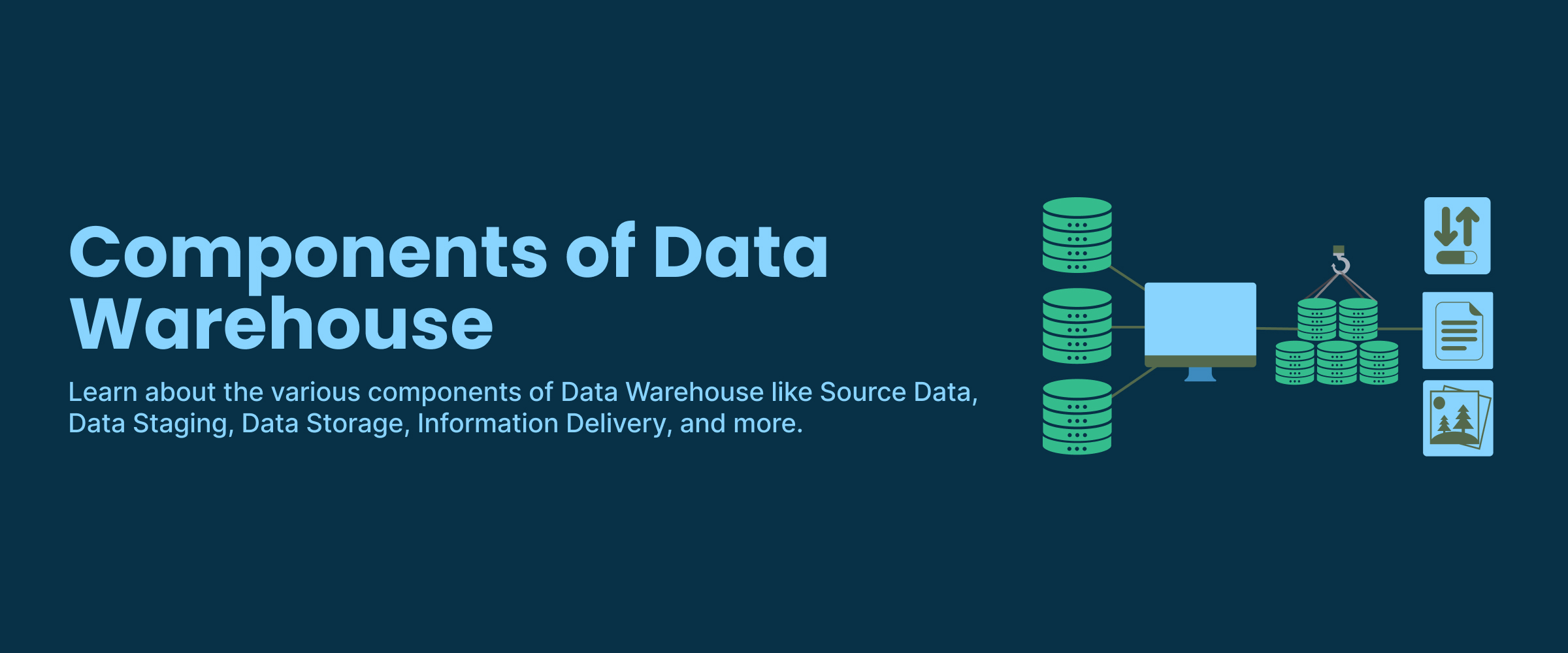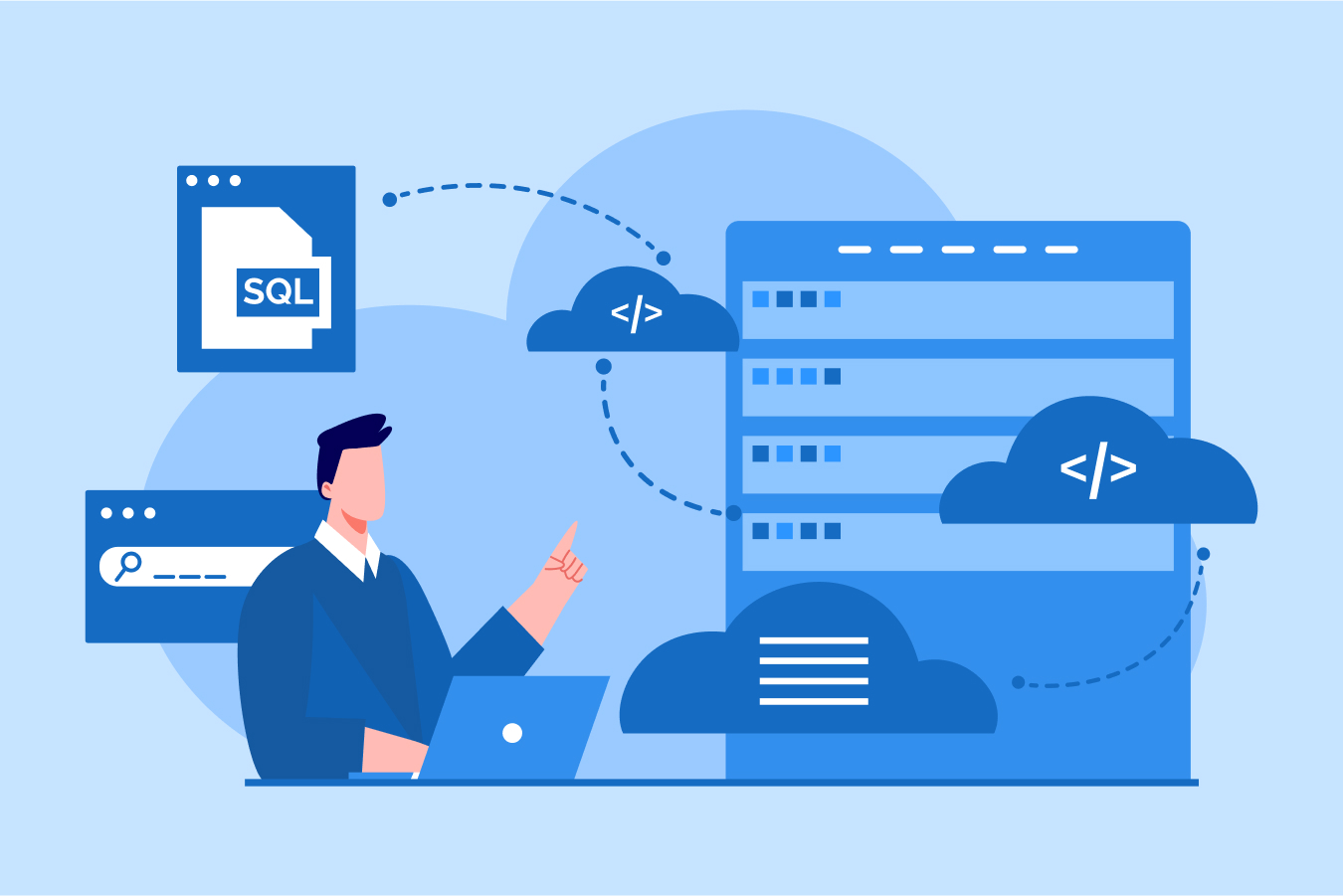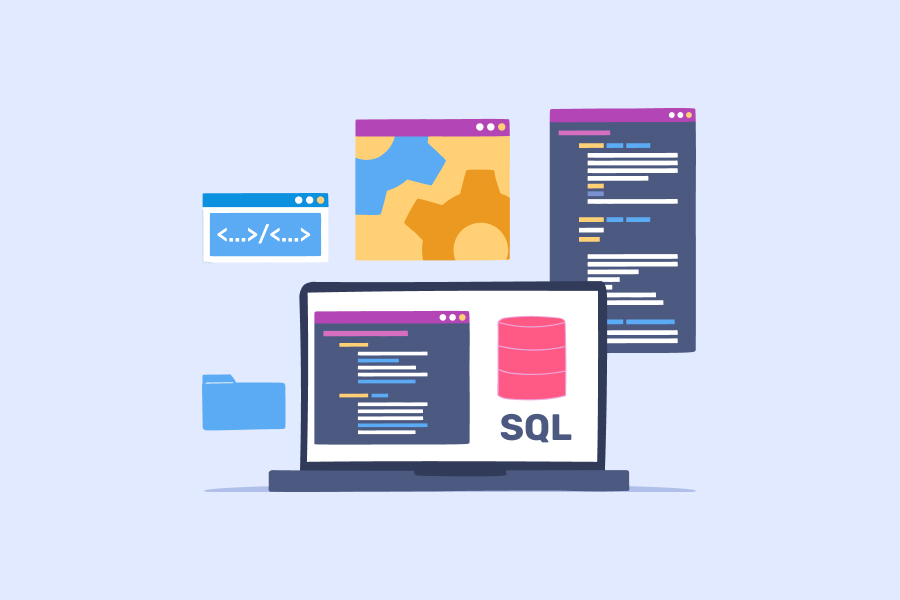Exploring the Key Components of a Data Warehouse
Google, IBM, Oracle, and other leading companies have their own data warehouses. These are used by other organizations around the world. In the data-driven era, these organizations are turning to data warehousing to harness the power of their data for informed decision-making. In this blog, we will explore the key components of a data warehouse, outline best practices to shape the data warehousing landscape and see the challenges and considerations of the data warehouse.
What is a Data warehouse?
A data warehouse is a central repository that accumulates data from a wide range of sources for analysis and reporting purposes. The insights it develops are used to make informed decisions. Therefore, it is considered one of the core elements of business intelligence.
Components of data warehouses include data sources, where information is collected; an ETL (Extract, Transform, Load) process for data integration; a data storage layer for structured data; metadata to describe and manage data; and tools for querying and reporting. These elements work together to support data analysis and reporting in a centralized, organized fashion. Learn SQL to know how to effectively query and extract data from a data warehouse.
Key Components of a Data Warehouse
Let us discuss the components of the data warehouse in detail.
Data Sources and Integration
For the creation of a data warehouse, you’ll begin by gathering data from different places like databases, APIs, and spreadsheets. This data is diverse, so it needs to be blended smoothly. ETL (Extract, Transform, Load) steps are used to collect data, make it uniform, and place it into the data warehouse. This way, you can analyze data from various sources more easily.
Data Storage
Data storage is like the foundation of a data warehouse. It’s where organized data, both structured and sometimes a bit flexible, is kept so we can easily ask questions and examine it. Storage includes tools like classic databases, special column-focused databases, and even cloud storage. These tools are designed to work super fast and handle lots of data without any trouble.
Data Modeling
Data modeling involves creating a blueprint for how data will be organized in a data warehouse. There are two main ways to do this: dimensional modeling and normalized modeling.
- Dimensional modeling – Data is organized into facts (like measurable events) and dimensions (like additional information), which lets people analyze it from different angles using star or snowflake patterns.
- Normalized modeling – It splits data into smaller related tables. The aim is to minimize data repetition.
Data Transformation and Cleansing
It is crucial to clean and organize your data before analyzing it. Data cleaning involves spotting and correcting errors, inconsistencies, and missing information. Data transformation is about standardizing data and performing calculations or groupings to make it more suitable for analysis. These steps ensure your data is accurate and reliable for making informed decisions.
Metadata Management
Metadata is like a description of data. It tells us where the data comes from, what it means, how it’s related to other data, and how it is organized. Good metadata management helps us understand and use the data in a big collection. It helps us find the data we need, see how it’s connected, and follow its history. It is important to follow rules about using data correctly and responsibly.
Query and Analysis Tools
The main job of a data warehouse is to be a place where you can ask questions and study data. You can use query and analysis tools to ask detailed questions and get useful information. These tools also let you look at data in different ways, like changing its shape or breaking it down. You can explore data from different angles with Online Analytical Processing (OLAP) tools. Also, there are tools for making visual reports and dashboards to show data in pictures.
Data Security and Access Control
Keeping data safe inside a data warehouse is important. We use access control to ensure only the right people can see sensitive information. It means giving permissions based on what a person’s job is (like a role). We can also hide or scramble important data so only the right people can understand it, and others can’t get to it without permission.
Scalability and Performance Optimization
The data warehouse needs to handle the increased load as more data comes in. This is called scalability. It is done by upgrading the hardware, dividing the data into parts, and spreading out the work. To make sure everything runs quickly, performance optimization is important. It means adjusting how the database and queries work for fast results. Tricks like indexing, caching, and improving queries help a lot.
Data Governance and Compliance
Data governance involves taking care of the quality, accuracy, and safety of data. Companies must create rules, steps, and guidelines for using data properly and follow laws like GDPR, HIPAA, and specific industry rules. Keeping track of data lineage helps show how data changes over time, and ensures it’s trustworthy and checked.
Data Backup and Recovery
Backing up data is like creating safe copies of important information. It helps protect against hardware failures, human errors, or disasters that could lead to data loss. These copies can be kept on computers at the office or online in the cloud. If anything unexpected happens, plans are ready to retrieve lost data.
Stand out in your interview by learning from data warehouse interview questions and answers.
Challenges and Considerations
While data warehouses offer numerous benefits, they also come with challenges that organizations must navigate:
- Data Complexity – Bringing together information from different places with different ways of organizing and presenting it can be tricky. Data integration and transformation require careful planning and execution.
- Data Volume – Dealing with a large amount of data can make it hard for data storage systems to keep up. To make them work well with lots of data is a tough task.
- Data Quality – Making sure our data is accurate and reliable is something we need to keep doing all the time. Data inconsistencies, errors, and duplication can impact the accuracy of analysis.
- Cost – Creating and taking care of a data warehouse, especially in the cloud, can be quite expensive. Companies need to weigh the advantages it brings against the money they’ll have to spend.
- Change Management – Implementing a data warehouse requires buy-in from stakeholders and users. Change management efforts are crucial to ensure successful adoption.
Data Warehousing Best Practices
If you are a data scientist or data analyst, then you must know the best practices that organizations follow in the context of data warehousing:
- Clear Goals – Set clear targets for your data warehouse. Figure out what kinds of analyses you want to do, the useful information you want to find, and the important indicators you need to keep an eye on.
- Data Quality – Ensure the quality of the data you gather is maintained right from the beginning. Clean and compile data to ensure it is compatible and correct.
- Scalability – When creating your data storage system, ensure it can handle more data and user activity as they increase over time. This way, your system will keep working well without slowing down.
- Regular Maintenance – Regularly check how well your data warehouse works and do routine maintenance checks. It means making queries run better, getting rid of data you don’t need, and updating the computer parts or software when necessary.
- User Training – Help users learn how to use the tools and resources in the warehouse to analyze data effectively and find valuable insights. This training will make sure they know what they’re doing.
Conclusion
Components of data warehouses are crucial for data-driven decision-making. They integrate data sources, storage, transformation, security, and analysis, forming the basis for informed business strategies. As technology advances, data warehouses will evolve to meet new data challenges. Embracing best practices and staying updated on trends will keep them an effective tool for business success. Learn more about data science to know about other data analysis tools.
Did you find this blog informative? Share your opinion with us in the comments section below.







